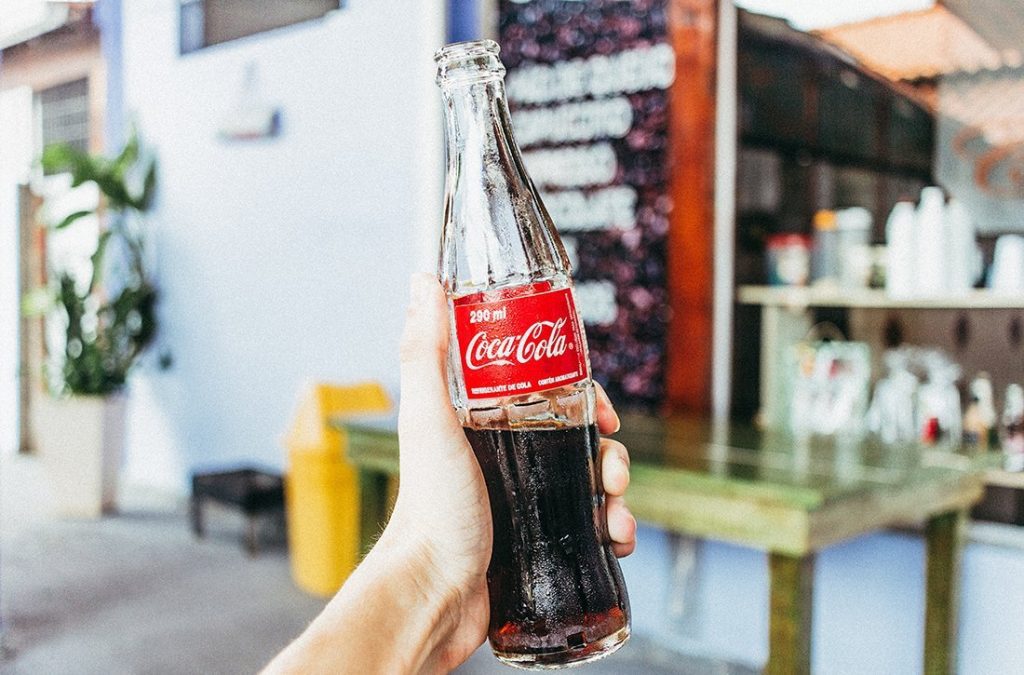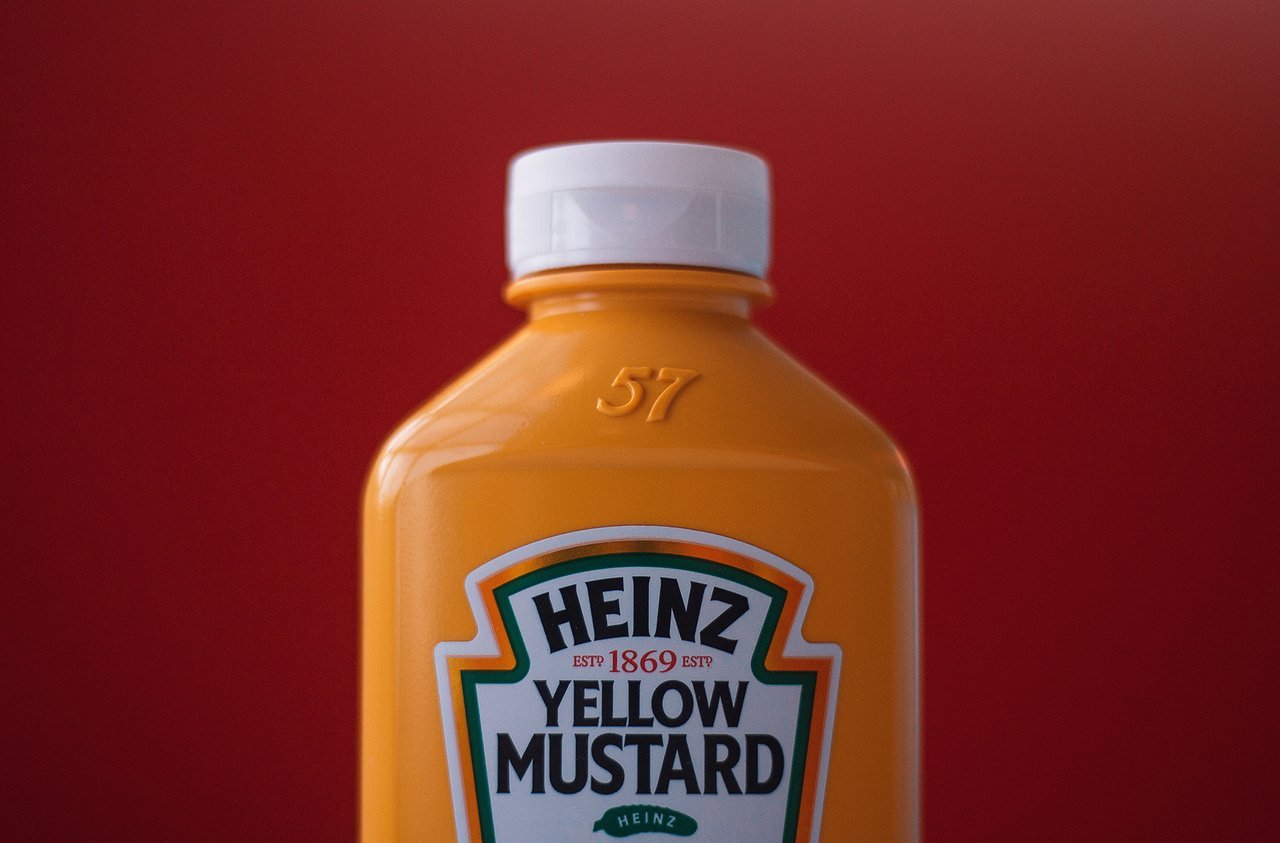Some of the oldest logos in the world belong to food and beverage companies. Stella Artois, Twinings Tea and Heinz—whose logos were designed in 1366, 1887 and 1869, respectively—are a testament to the fact that owning a trusted mark is imperative to success.
Think about it: properly establishing your brand (which includes registering for trademarks) can provide limitless value. It protects you from copycats looking to piggyback off your success; it shields you from impostors that might damage your reputation with subpar products; and it creates something visually recognizable so that customers can notice you in the sea of available consumer packaged goods.
The trouble with the food industry, however, is that it’s sometimes difficult to know what counts as intellectual property. Can you trademark a bottle shape? What about flavours? As in every other industry, food and beverage brands need to own their sh*t. But there’s a whole different set of hoops that these companies need to jump through in order to do so—let’s taco ’bout it.
3 Reasons to Trademark Your (Delicious) Goods

Many industries know the power of trademark protection, and the food and beverage industry should be no different. After all, IP protection isn’t just for clout: it has tangible effects on your reputation and profitability.
- Reap the (Financial) Rewards:
There are financial benefits to owning your brand, logo, slogan,
recipes, etc. A trademark is not only an asset that belongs to you, but one that can be licensed to third parties to bring in extra revenue.
- Protect Your Brand: By claiming full ownership, you protect your product from cheap copycats and sleazy competitors who might seek to use your likeness for their own gain. It can also block imports that might infringe on your market space.
- Impress Investors: Investors want to know that you own your brand and everything associated with it. That way there’s a lower risk of being outcompeted or overtaken by similar products.
What Can Be Protected in the Food Industry?

There are a lot of moving parts within a successful food or beverage brand. What’s on the outside should complement what’s on the inside and vice versa. Curious about whether you can trademark a logo or package, a recipe or a taste? Read on.
Patented Recipes
You can
patent a recipe—but there is a catch: the recipe must be proved to
“solve” a technical problem in order to be eligible. According to
LegalZoom, a patentable recipe
is “useful, novel and non-obvious” and “involves a food formulation or
application that has not been used before and cannot be intuited by a
cook merely tasting the final product.” For example, you couldn’t patent
a generic banana bread recipe but you could patent a banana bread
recipe that has been scientifically modified to never go bad.
It’s tough to trademark a recipe, which is why food and beverage companies often rely on other means to protect their products. For example, the way the product looks. Which brings us to…
Trade Dress
Did you know that you can trademark the “dress”,
or packaging, of your product, so long as the shape in question doesn’t
have a practical use? For example, you couldn’t trademark a simple
spoon handle—but you might be able to trademark a unique shape, design
or pattern so long as it doesn’t have any use outside of being a
distinguishing characteristic for your brand.
Think of the infamous and instantly recognizable shape of a Coca-Cola bottle. That “wave” shape—a thin top, bulging center and wide base—is protected as a “trade dress” to stop competitors from taking a bite out of their success.
A knock off sucks, so don’t let your brand fall prey.
Processing Methods
Processing methods can be protected,
too, so long as you are doing something unique that changes up the game
of food prep. Maybe you’ve revolutionized the way products are blended
together and created an unexpected dish from doing so. Maybe you have a
low-cost or zero-waste method that could transform the industry. Or
maybe you have a surprising alternative for a common but undesirable
ingredient.
Again, it’s not easy to do but it’s also not impossible. The important thing is that you know what can and cannot be protected so that you don’t waste time and money chasing something that could never be claimed as yours in the first place.
The Takeaway
Having a copycat sucks, especially in the food and beverage industry where so many similar products are already fighting for the same space on the shelves, on menus and on potential shoppers’ grocery lists. Understanding food and beverage IP is just one way to mark your territory so that you can focus less on legal worries and more on your customers.
Photo Credits: Unsplash / Pedro Ribeiro, Shutterstock / LunaseeStudios, Unsplash / Talles Alves










